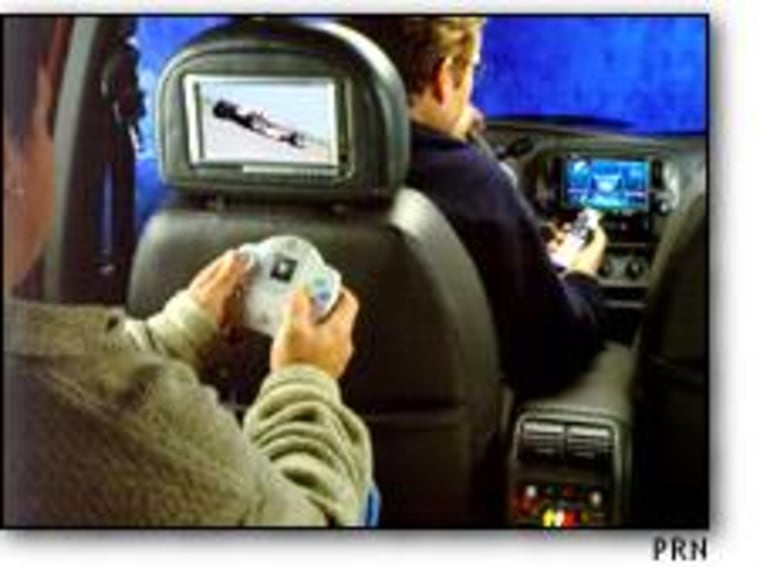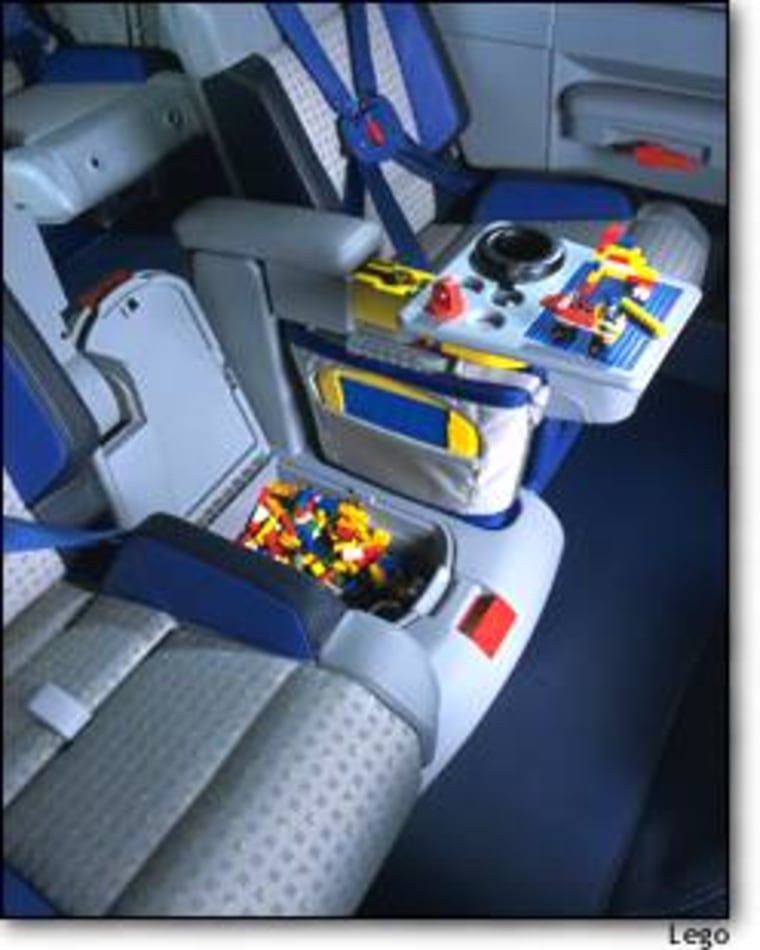You’ve done the near impossible — you’ve coordinated vacation schedules with your spouse, found a week free of the kids’ summer karate classes, swimming lessons or computer camp. The minivan or SUV is packed and ready to go. Yet you dread the bickering, whining and constant refrain of “are we there yet?” And that’s not counting the restless youngsters in the back seat.
Traveling with the kids is on the rise, with one out of three American families planning to spend their vacations with their children in 2001, according to travel research firm Yesawich, Pepperdine & Brown.
Don’t over-worked parents want a break from their kids?
It certainly costs more to travel with them — a family of four traveling by car should budget at least $223 a day for lodging and meals, according to the American Automobile Association.
But, fact is, as more moms enter the workforce and as both parents work longer hours, vacation time with the kids has taken on a new level of importance.
These days vacations are considered “surrogate family time,” says Peter Yesawich chief executive of Yesawich, Pepperdine & Brown.
“Parents have the sense of guilt that they don’t spend enough time with kids,” he says. “The vacation is now an occasion to reunite the family.”
At the same time, going by car remains the most popular way for families to travel, according to Automobile Association of America.
So how do you arrive at your vacation destination stress-free and safe?
Deadly season
Summer is a dangerous time for children ages 14 and under. Motor vehicle related injuries and fatal accidents hit their peak in July, according to the National Transportation Safety Board.
Most parents strap their children into car safety seats, but four out of five of the devices are installed improperly, say a spokeswoman for Safe Kids, a national coalition which sponsors car seat checkup events. For safety tips on traveling by car, visit the Web site.
Even though child car safety regulations are getting stricter, the laws on where kids under 14 can sit in a car and whether they have to be buckled up in booster seats can vary from state-to-state.
Also don’t leave the children alone in a hot car when stopping to fuel up or grab a bite to eat, child safety experts warn. On a typical sunny summer day, a car’s inside temperature can reach potentially deadly levels within minutes. At least 120 children — most of them younger than 3—have died of heatstroke in hot, parked cars since 1996, according to Safe Kids.
Rolling family rooms
As any battle-scarred parent can attest, a long car ride can turn even the most well-behaved little darlings into brawling real-life versions of Bart and Lisa Simpson.
So how do you keep the video-savvy, Game Boy-loving “minivan generation” entertained while on the road?
A whole industry of new travel products has popped up for older and younger children, including compact versions of popular games and pre-packaged activity kits stocked with stickers and coloring books. Beyond the classic Nintendo Game Boy (which retails for about $69.99) and the newer Game Boy Advance ($99) for the pre-teen crowd, for younger tykes there’s the Fisher-Price Travel MagnaDoodle ($11.99), a smaller version of the magnetic drawing board and Ohio Art’s Travel Etch-A-Sketch ($7.99).
But those toys are mere child’s play compared to in-car entertainment systems that are changing the way Americans pass the time while on the road. Factory-installed or aftermarket entertainment systems turn minivans or sport utility vehicles into rolling family rooms with a video console tucked in between the front and back seats or stationed on the ceiling. These systems let youngsters watch TV, movies on a VCR (newer models include DVDs), listen to music or play video games.

The consumer electronics industry has only just begun tracking how many have been sold, but mobile entertainment systems have become wildly popular with consumers since they began being installed in minivans and larger SUVs about two years ago.
“Passenger entertainment is really catching on,” says Jack DeBiasio, head of engineering for stereo maker Clarion. “This is one of the best years ever for in-car entertainment and it’s only going to grow.”
In-car entertainment center can add as much as $2,000 to a new minivan or SUV, a lot to pay for a few hours of quiet time.
For example, the 2001 Nissan Quest fully loaded with the family entertainment system begins at just under $35,200 (manufacturer’s suggested retail price). The Ford 2001 Windstar costs about $32,546 (MSRP) with a built-in entertainment system it calls AutoVision, which comes with a Sony Playstation console and controller.
In the aftermarket portable units can start at under $500 and run up to more than $4,000 for a voice-activated permanent installation mounted on the inside ceiling of the vehicle.
“The time spent in a vehicle with families is one reason they’re taking off,” says John Slosar, product development director at Visteon, which makes entertainment systems for SUVs. “The growth in this area has exceeded our expectations.”
Down the road, family vehicles could get even more child-friendly with features like a “Kidcam,” which allows parents to see and talk to their kids without turning around.
A “concept car” has been designed by toy maker Lego and automotive supplier Johnson Controls includes a multi-functional tray table pad for playing with Lego blocks as well as sending e-mail and digital pictures.
“In our research we found that 83 percent of people would travel by car more often, despite gas prices, if they had a more comfortable, family-friendly vehicle,” says a Lego spokeswoman for the project, dubbed “Lego in Motion.”
Not a baby-sitter
But some child development experts aren’t happy about TV time invading the car.
Parents should disperse video time with songs and games, child-rearing experts like Dorothy Singer of the Yale University Family Television Research Center recommend.
“The idea is not to have a child on a 6 hour trip staring at the TV for the entire time,” says Singer. “That disturbs me.”
Don’t use the TV or video games as a baby-sitter, says Mark Singer (no relation), professor of social work at Case Western Reserve University in Cleveland.
Mark Singer, who has done research on the effects of TV viewing on children, cautions against using the car entertainment systems as a baby-sitter, says TV should be kept to a minimum and any video should be “developmentally appropriate.”
“Because of the busy lives we lead now, the purpose of a vacation and traveling as a family is to do some reconnecting,” he says.
Otherwise “you’re robbing yourself of time together as a family.”
Bring a selection of audio tapes of stories or music, along with travel games like magnetic checkers and chess to break up the time spent watching the tube.
The important thing is to interact as a group and a family, the child experts say.
Also kids need exercise, so Yale’s Singer advises stopping as often as every two hours.
“No child can sit for six hours in a car and not go bananas,” she says.
Some families schedule driving time at night so the kids can sleep. That’s fine, the experts caution, as long as the adult drivers are careful to stop immediately when they feel sleepy.
“If you feel you can handle the nighttime drive, that’s another way to take a trip,” she says.
